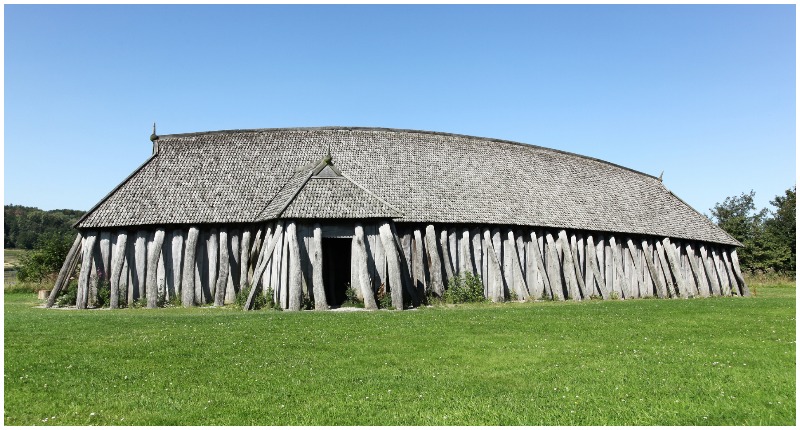Though the Republic of Iceland has only existed since 1944, its parliament dates back much further. Beginning in the 9th century, Norwegians were the first to settle the island, bringing with them other Scandinavians and slaves of Gaelic origins. In 930, the Althing, the Icelandic parliament, was founded at Thingvellir. Here, the island’s leaders would gather to deliver justice and legislation.
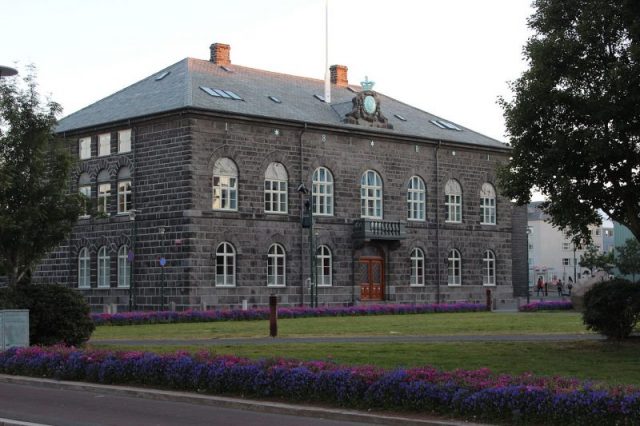
A yearly event, the gathering of the Althing was akin to a festival of sorts. All free men were welcome and would travel across the island, setting up camp for days. Along with politicians, tradesmen and their families would join the gathering.
The prominent member of the Althing was the Lawspeaker who would preside over the events upon what else but the Law Rock, or Lögberg. Having no codified laws, the Lawspeaker would enumerate the current laws in effect to the gathered crowd.
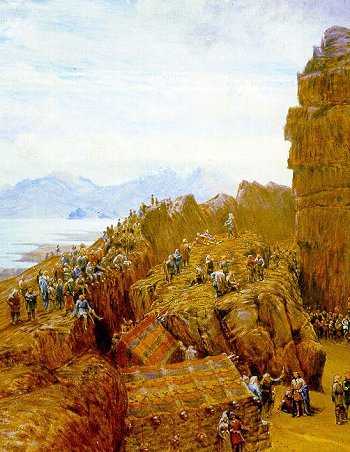
The Althing also included the Lögrétta, the legislative branch. Alongside the Lawspeaker, 39 chieftains from across the island would adopt laws, review existing ones, and asses Medieval legal cases.
In 965, the island of Iceland was divided into four and a court made up of 36 judges was created in each of the four sections. Later in the 11th century, they developed their version of a supreme court, the fimmtardómur.
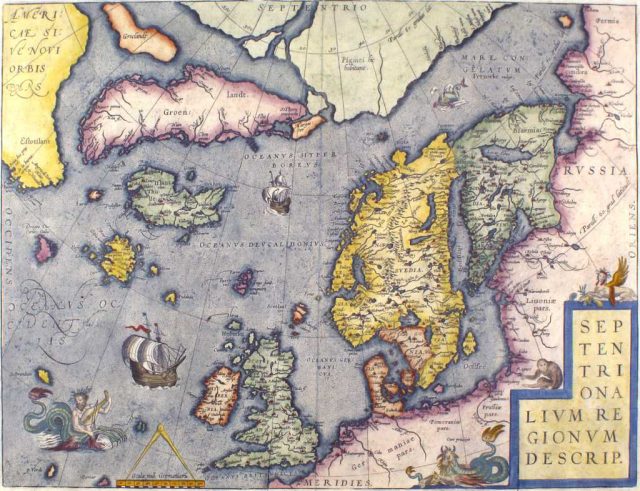
In 1262 things began to change. Under the terms of the Old Covenant, the island of Iceland came under the rule of Norway, whose king now held executive power over the Icelandic peoples, through shared legislative powers with the Lögrétta branch of the Althing.
Any laws passed by the Lögrétta had to be approved by the king; however, this exchange worked in reverse: legislations decreed by the king had to be approved by the Althing. A rather democratic system for the age.
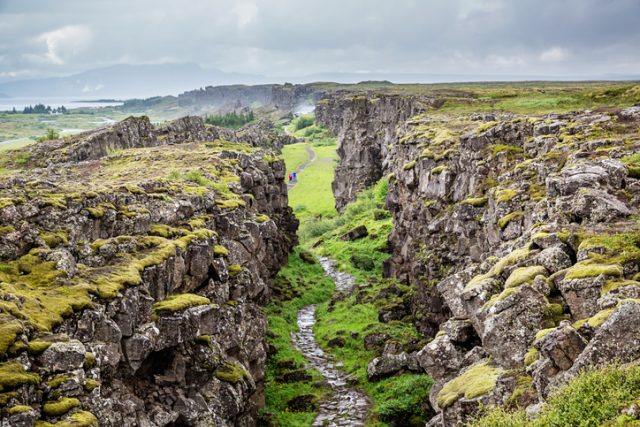
Through a series of royal intermarriages, the Norwegian and subsequently the Icelandic people came under the rule of the Danes at the end of the 14th century. This event greatly limited the powers of the Althing, forcing the Icelandic people to essentially forfeit their autonomy to the Danish monarchy.
At this point, the Althing functioned merely as a simple court of law until 1800 when it was fully disbanded through a Danish decree. This didn’t last long, however, as the Althing was reestablished in 1845, though with limited, consultative powers.
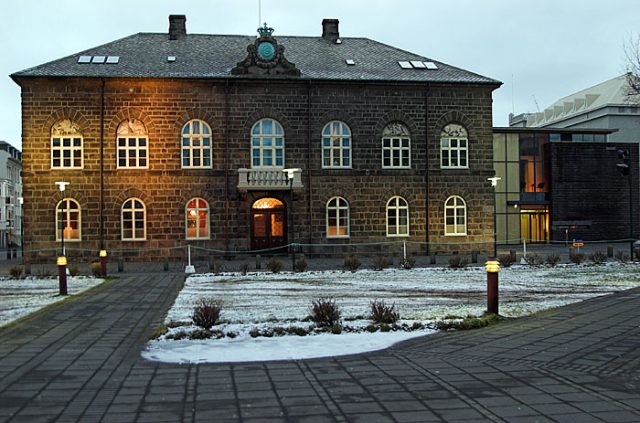
Along with 6 members appointed by the Danish king, 20 members were elected in as many districts by public vote. Those eligible to vote were men of “sufficient means” of at least 25 years of age. It wasn’t quite universal male suffrage, but significant representation for the time.
In 1874, the Althing was given more legislative powers, though still subject to royal vetoes, and was split into an upper and lower chamber. In 1903, Iceland was granted home rule by means of a parliamentary government.
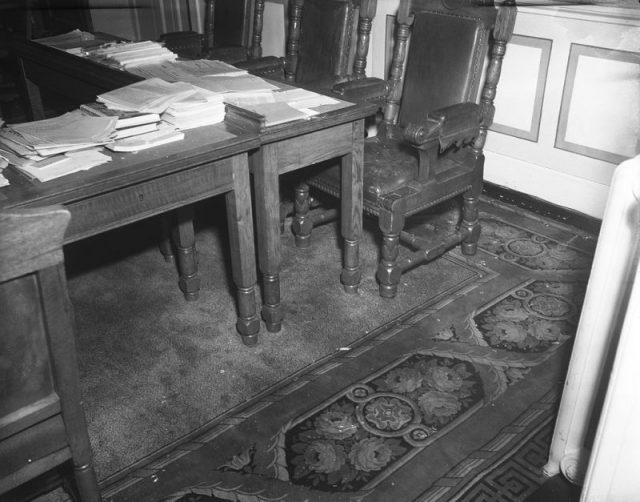
Steps towards autonomy progressed quickly over the next 25 years. The 1918 Act of Union declared Iceland as its own state which remained in union with Denmark. The Act was due to last 25 years, after which each party could choose to maintain the union or leave it.
The Act of Union was reviewed earlier than planned due to World War II. German invasion of Denmark severed relations between the king and the Icelandic state, pushing the latter towards formal independence. The Althing, along with a representative of the Danish crown, voted to repeal the Act.

At an official session of the fully reinstated Althing in June 1944, the Republic of Iceland was officially established.
The Althing stands out from other parliamentary bodies as it was the first national legislative body, assembling leaders and lawmakers from all over the island. Its official seat is now in Reykjavík at the Althingshús, built in 1881 out of Icelandic stone, and it is comprised of 63 members elected by secret ballot.
